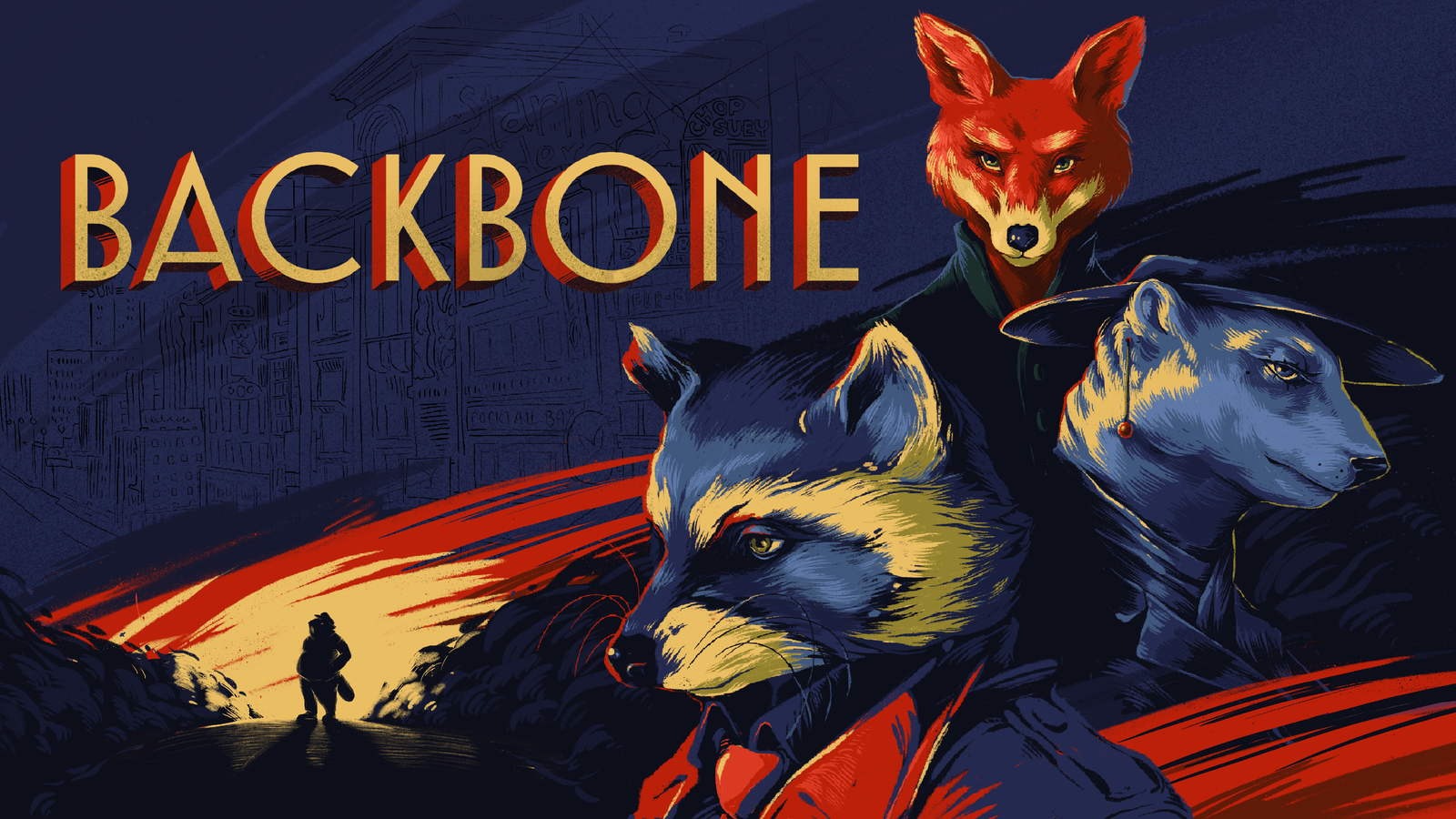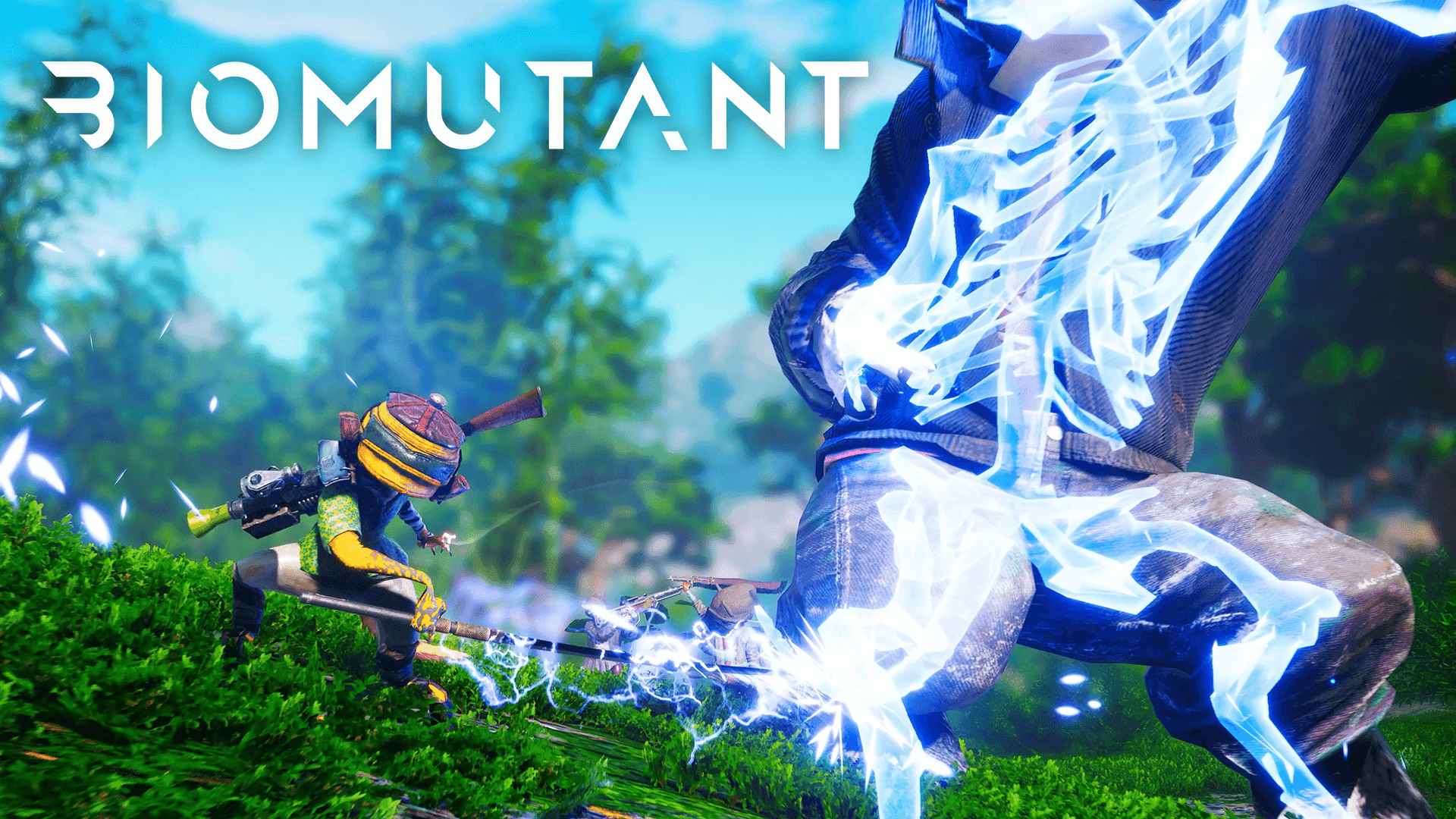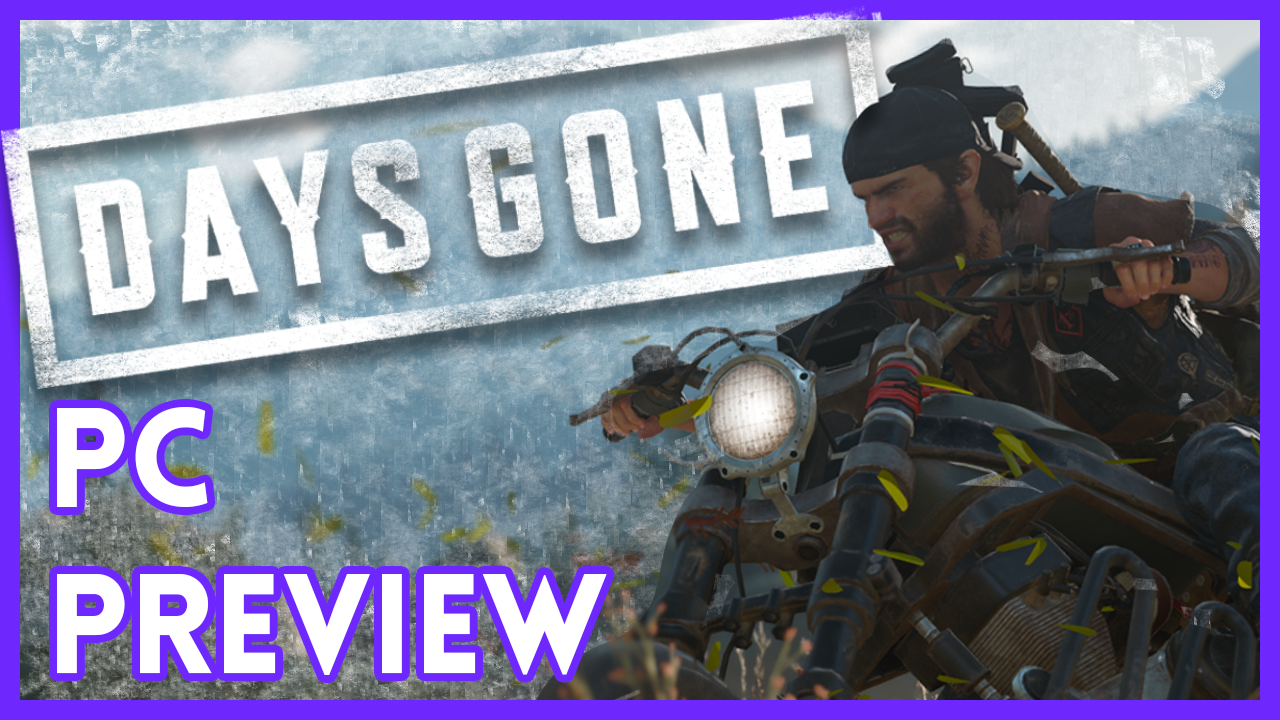There’s a lot riding on Control for Finnish developer Remedy Entertainment. With this being their first multi-platform game in over 16 years, and following up the critically mixed Quantum Break, Control feels like a new era for the studio. With its focus on storytelling mixed with third-person shooting, it’s not breaking any new ground for the team. At a closer look though, Control is unlike its predecessors through how the game progresses. While Control’s main story is linear story, it has elements of Metroidvania titles through how you acquire new powers and access new areas of the game’s unique setting. Despite its strong opening, the game’s story breaks down in the final act and creates an incredibly unsatisfying ending.
Story
The game’s protagonist is Jesse Faden. Jesse, in search of answers about a paranormal event in her childhood, finds herself in The Oldest House- the home of the Federal Bureau of Control. The Bureau is a secret government agency tasked with the investigation and research of the paranormal. Upon arriving, Jesse discovers that the former director of the Bureau has been killed and, when she picks up the weapon found near his body, she is then mysteriously selected as the new director and tasked with saving The Oldest House from a mysterious invader called The Hiss.

Gameplay
Combat has a lot in common with Quantum Break, such as mixing shooting and supernatural powers. Jesse’s powers mostly revolve around telekinetic abilities such as lifting and throwing objects at enemies, using debris as a shield, and even levitation. The most effective way of progressing through the game’s waves of enemies is by balancing Jesse’s powers with shooting. Reload times can be long, so developing a flow between powers and shooting is essential.
Instead of switching through different guns, Jesse only uses the Service Weapon. What makes it unique is its ability to switch into different forms for different firing effects. The Grip form is most akin to a pistol, and the Spin form is like an SMG. There are five different forms you can unlock and you can keep two equipped at once. The Service Weapon is fully upgradeable through resources that drop from killing enemies, and it’s also customizable through weapon mods. Mods are also dropped from enemies, come in various rarities, and add different positive effects to the weapon. Each mod can be recycled for currency, which can be used to purchase new mods. There are also personal mods that work a lot like weapon mods but are used to modify Jesse’s powers and health. The amount of customization is very deep, and allows for you to empower Jesse in a way that suits your playstyle.

Side Quests and Documents
As you progress through the story you can do various side quests that will lead you to new areas, give you new mods and power-ups, and introduce you to new characters. Side quests are not required, but they sometimes add lore and new info about the world. The quests themselves vary in quality, but most are uninteresting and feel like a chore. Many revolve around revisiting areas to kill a group of enemies, or something more simple like killing mold spores. Overall, side quests often do not feel worthy of deviating from the main path.
One of the main ways the game expands upon the story is through documents. These documents include written reports, memos, audio logs, and more. There are dozens of documents to find; some are extremely cryptic, while others contain key pieces of information to understanding what is transpiring. Finding and reading them all feels like slamming the brakes and becomes slow and monotonous, but skipping too many will leave you out of the loop. In addition, audio logs can only be played at the location where they are found or in the menu of the game. However you decide to listen to them, plan on stopping the flow of the game for a period of time. With The Oldest House being such an intriguing setting, it feels like a huge missed opportunity for lore to not be contextualized within the game itself. Reading countless files to get bits and pieces of lore is a chore and feels antithetical to a game with such in-depth gameplay.

While the premise and early chapters of Control start extremely promising, the story begins to falter about half way through and eventually falls completely flat by the end. Jesse’s motivations become confusing, as does the overall backstory. After so much build up, the ending itself is abrupt and unsatisfying. It feels like the games stops right as the final act should be beginning. The amount of unanswered questions and unresolved plot aspects feels unacceptable.
RTX Support
Our review was played on the PC version of the game, which features unique graphics options not present in the console version of the game. Specifically, ray tracing adds a whole new level of immersion to the visuals. The ray traced reflections look particularly stunning, creating fully accurate light and visual reflections. Glass looks particularly amazing, and the glossy surfaces found in nearly every scene create an entirely new look when the feature is turned on. These settings come at a price though. We tested the game on two high-end systems, one with an RTX 2080 and another with an RTX 2080 TI. Only on the higher end card could we maintain 60 FPS with RTX on medium at 1440p. If you plan to run the game with RTX on, know that it is extremely taxing on the performance. Nvidia DLSS support is included and did improve overall framerates, but looks noticeably worse than standard render resolutions. We should note that, at the time of writing, there has not been a game specific driver issued from Nvidia, though it’s currently unknown if there will be one released at all.
Wrap Up
Overall, Control has severe highs and lows. The mix of shooting and power based combat feels great, and features a robust system of mods and upgrades that allow you to customize to how you prefer to play. Additionally, The Oldest House is a unique environment, and is at the core of what makes the premise of the game so intriguing. Unfortunately, it gets in its own way by gating off so much of the details and lore through countless documents and audio logs that break the flow of the game. With an ending that leaves many questions unanswered and plot points unresolved, it leaves players unsatisfied and wondering “is that it?”

*Control was provided to the reviewer by the publishing company but this fact did not alter the reviewer’s opinion*
Check out our Review Guide to see what we criteria we use to score games.









